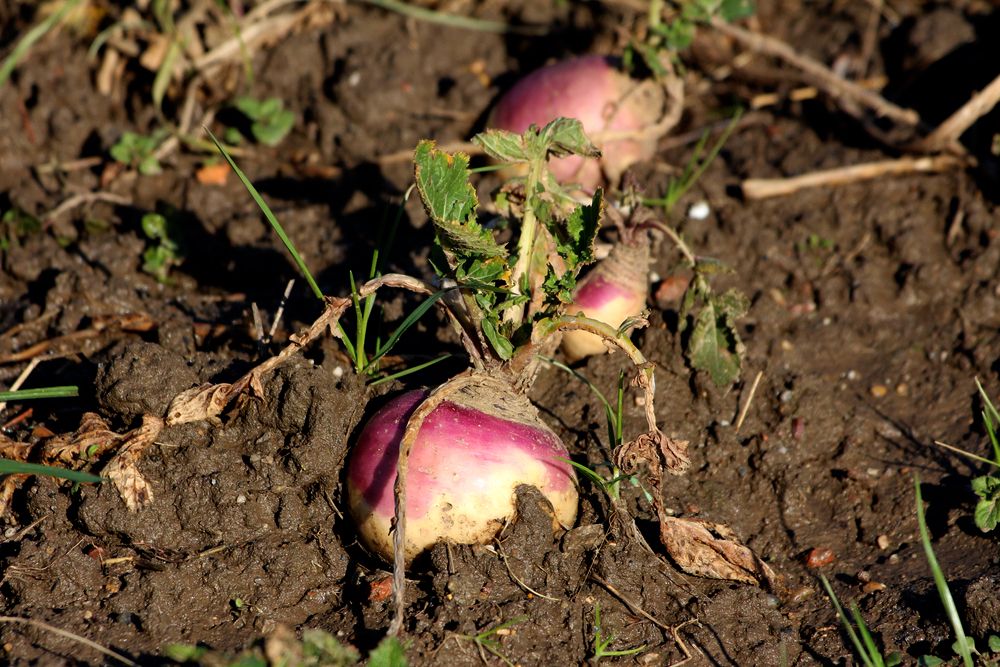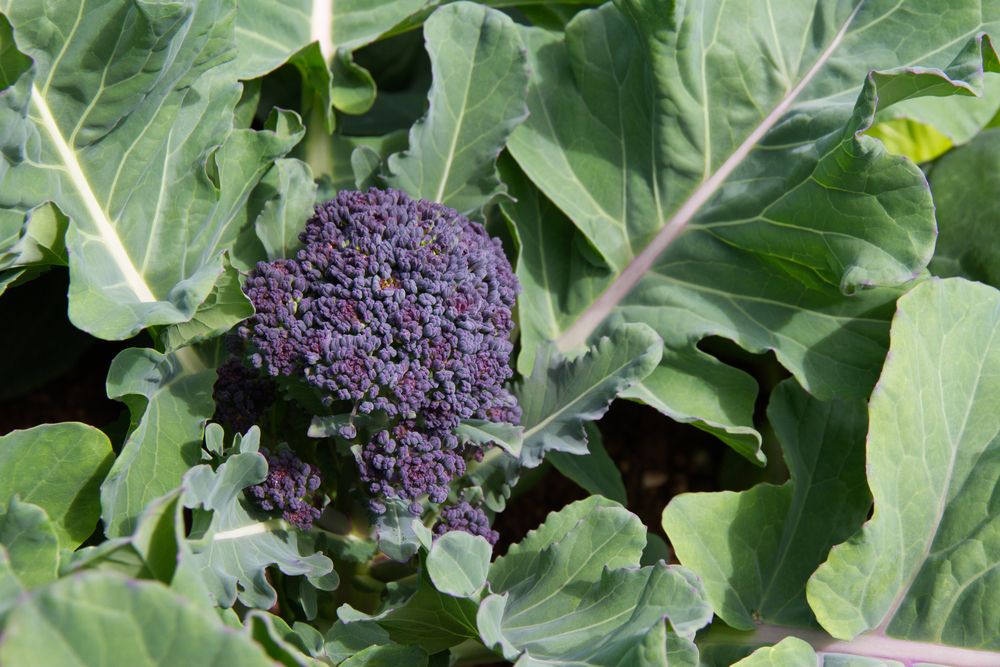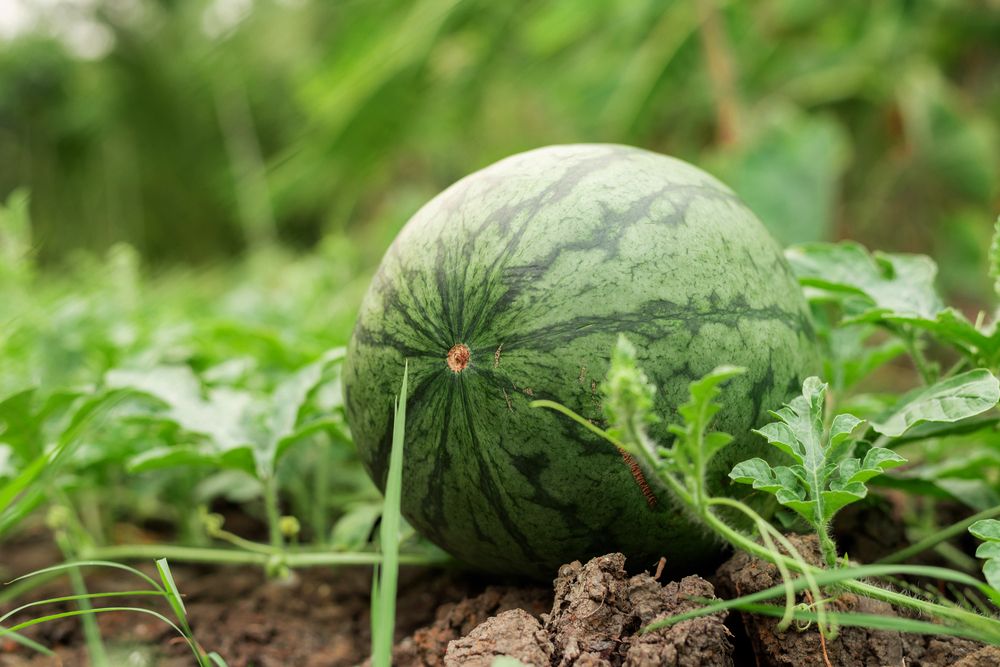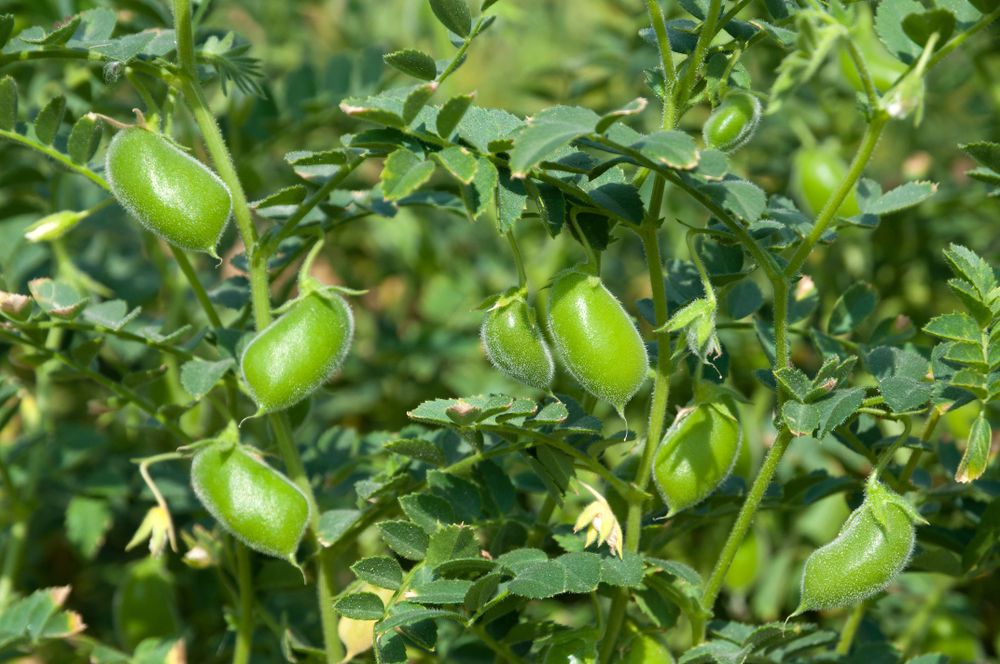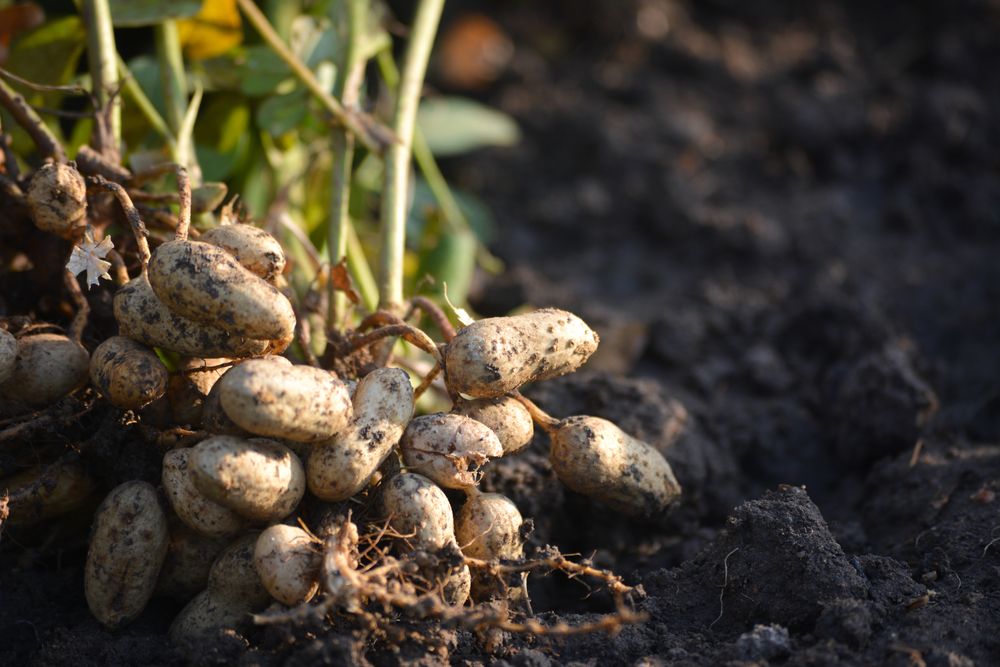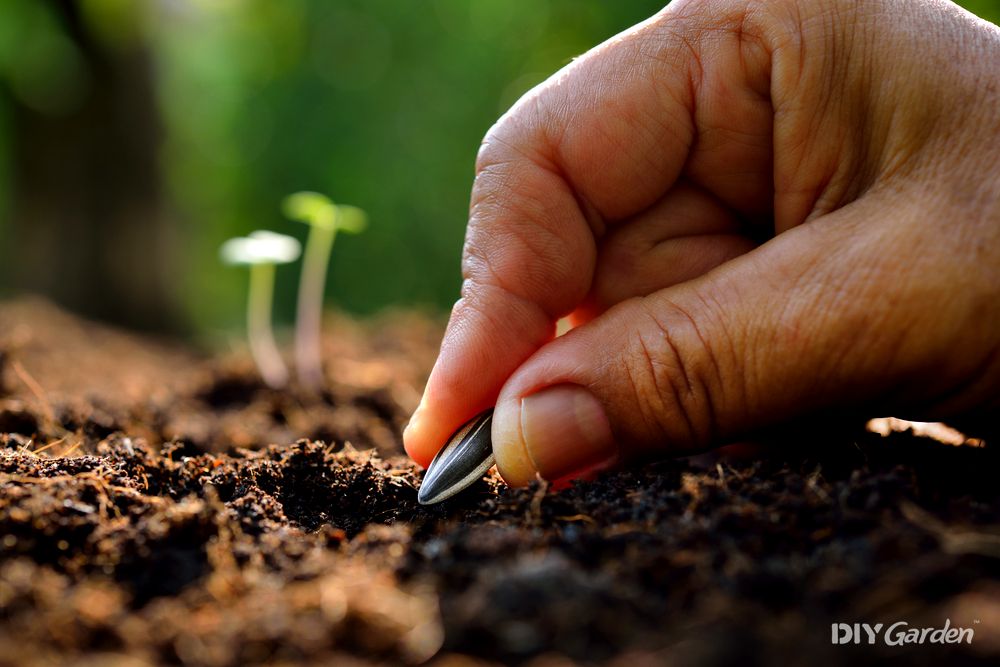
What to Plant in May
The growing season really kicks into gear come May. Whether you’ve already been busy sowing seeds over the past couple of months or you’re trying to play catch-up with a garden that’s getting ahead of you, May is the perfect month for getting started with a huge variety of different produce that’ll feed you for the next several months.
If you’ve fallen behind on your gardening duties, check out our previous post on what to plant in April – you still have time in May to get many of these crops going. That said, the warmer temperatures of May open up even more possibilities when trying to cultivate a productive garden. If you need some ideas, read on – here are 10 fruit & vegetables to plant in May.
1. Swedes
Although swedes are a cool-weather crop, they need 4-6 months of frost-free conditions before they mature enough to be left in the ground for winter harvests. This makes May the perfect month to start growing swedes – leave it any later and you likely won’t end up with sizeable roots.
Swedes that have been directly sown outdoors tend to do best, with this also being the lower-maintenance way to grow this crop. Quality compost is a must, as swedes are heavy feeders when it comes to trace elements. Sow your swede seeds about 2cm deep, before thinning your seedlings out to provide 25cm of space for each plant.
If you’d prefer to start your seeds off undercover, which gives you full control over growing conditions, use module trays. Sow one seed per module, so that you can simply pop each block out without disturbing any roots when transplanting them. Give your seeds a minimum temperature of 7°C and they should germinate in 2 weeks.
2. Purple Sprouting Broccoli
While some gardeners sow purple sprouting broccoli seeds in March for an autumn harvest, others prefer to sow them in May, since this provides a delicious and nutritious crop during the winter-to-spring ‘hungry gap’. Even better, if you’re clever when it comes to caring for your plants and never allow them to properly flower, you may even be able to establish them as perennials, meaning that you’ll never need to sow them again!
Since purple sprouting broccoli plants require a fair chunk of space, it’s usually easiest to start the seeds off in pots or modules. This way, you can plant them out later in the summer, once you have a bit more room in your garden.
Simply sow your seeds into multi-purpose compost, placing them about 2cm deep. If you can, use an electric propagator to give them temperatures between 21-27°C and they should germinate in 1-2 weeks. Once your plants are about 8cm tall, they can be planted out.
3. Melons
Melon plants aren’t hugely productive for their size (you can expect to harvest 2-4 melons from a plant that needs about 90cm of space), but the sweetness and incredible juiciness of a perfectly ripe melon makes it worth having at least a couple of plants in your garden. And yes, it’s definitely possible to grow this exotic fruit outdoors in a cool, temperate climate (although a greenhouse would be even better!), so long as you pick the right varieties and get your seeds going in April or May.
Since melons are heat-loving plants, seeds should be started off under cover in temperatures of 20-23ºC. Use small pots filled with multi-purpose compost, sowing your seeds 1.5cm deep.
You won’t have to wait long to see signs of life – with enough warmth, your melon seeds should germinate in 4-10 days. You’ll then need to care for your seedlings indoors until they’ve grown 3-4 sets of true leaves, although don’t plant them out until soil temperatures are at least 18ºC.
4. Chickpeas
Not only are chickpeas a low-maintenance, cool-season crop, but they also thrive in poor soil while being super nutritious. The only downside is that they need about 100 frost-free days from sowing to harvest. However, if you sow your seeds in May, then you should be able to give them exactly that.
While those in warm climates usually direct sow chickpea seeds, gardeners in cooler regions prefer to start their seeds off under cover to extend their growing season. Since chickpeas don’t particularly like being transplanted, use small pots or modules to minimise root disturbance when planting them out.
Chickpea germination rates are usually pretty good, even when using older seeds, so sow just one seed per pot/module, about 3cm deep. Give them a consistent 10-15°C and they should germinate in just a couple of days. Once all frosts have passed and your seedlings are about a month old, you can then plant them outside.
5. Winter Cabbages
Timing is everything when growing winter cabbages. If you sow your seeds too early in the year, your cabbages won’t last until the winter, whereas sowing them too late results in very small crops. So, if you’re hoping to produce enough cabbages to feed you throughout the colder season, get your seeds going in May.
You have two options when doing this; either directly sow them outside or start them off in modules. Direct sowing is the lower-maintenance option – simply weed your growing area and then sow your seeds 0.5cm deep.
Alternatively, if brassica pests are a problem in your garden, start your seeds off under cover. If you give them a temperature of around 25°C, they should germinate in about a week. You can then plant them out once they’re a month old, since they’ll be strong enough at this stage to hold their own against both pests and the weather.
6. Runner Beans
Runner beans aren’t frost-hardy, meaning that those who want a harvest ASAP usually start their seeds off under cover earlier in the year. However, if you’d like to direct sow your seeds outside, then May is the perfect time to do this.
Your first task will be to thoroughly clear your growing area of weeds. Then, set up some supports for your beans to climb up. After this, you can sow your seeds, placing each one about 5cm deep. Make sure that each seed is situated next to one of your supports.
So long as your seeds have temperatures of around 12°C, they should germinate in about a week. Thin them out to leave 15cm of space between each plant. Don’t wait too long before doing so, since runner beans grow very quickly! If you find that your seedlings are being damaged by birds or other wildlife, protect them with some mesh until they’re 2-3 weeks old and are strong enough to look after themselves.
7. Edamame Beans
Even if you live in a climate that isn’t suitable for growing soybeans, edamame beans could still thrive. They may be the same plant, but edamame is picked earlier in the year, while the beans are still young and green. They do still need at least 90 frost-free days to grow, so get sowing in May and you can expect a harvest towards the end of summer.
Since edamame bean seeds germinate best at 21°C, most gardeners in cool climates start them off in modules under cover, so that they can provide enough heat. Use multi-purpose compost, planting each bean about 2.5cm deep.
It usually takes about 1-2 weeks for edamame seeds to germinate. Once they do, you’ll likely need to continue growing them on indoors until early summer, since the plants need a minimum soil temperature of 18°C before they can be planted out.
8. Peanuts
Many think that peanuts are an exotic nut, but they’re actually a legume, just like beans and peas. While it’s true that they do need a fair bit of warmth to thrive, growing your own peanuts can easily be done in most climates if you’re able to provide your plants with 120 frost-free days, which usually means sowing seeds in May.
Since peanut seeds are simply raw peanuts, they’re easy to find. Either break the shells open without damaging the papery skin surrounding each peanut, or sow the entire thing, shell and all! Place each seed 5cm deep into small pots of multi-purpose compost and ensure that they’re receiving at least 18°C, as they won’t germinate in cooler temperatures.
Peanuts usually germinate pretty quickly in just 5-10 days. They’re fast growers too, so aim to plant them out once they’re a few weeks old. They’ll start to produce flowers after just one month, so they should ideally be in their final growing location by then.
9. Liquorice
Although so many gardeners love the distinct flavour of liquorice, it’s not a crop that’s commonly grown. While each plant does require a fair bit of space (they can reach 150cm in width), the lush foliage and attractive flowers make liquorice both an ornamental as well as an edible.
Since liquorice is a perennial, you’ll only need to sow the seeds once, and May is a good time of year to do so. Liquorice seeds need to be cold-stratified for about 3 weeks before they can be sown. Once you’ve done this, fill small pots with a mix of compost and sand or perlite, as the seedlings need plenty of drainage. Scatter 4-5 seeds over the compost in each pot and gently press them in – don’t bury them, since liquorice germination requires light.
Keep your seeds warm, at around 20°C, and they should sprout in about 2-3 weeks. Once they do, thin them out to leave each pot with one healthy seedling, and then plant them out once you’ve had your last frost.
10. Sunflowers
While many grow sunflowers for the cheery yet dramatic flair that they add to a garden, the edible crop that they produce, in the form of sunflower seeds, is a useful one to add to your pantry. Sunflowers are usually sown in March or April, but if you give your plants some extra love, then those sown by mid-May should thrive just as well.
Sunflowers do best when directly sown, as this allows the undisturbed roots to produce a stronger and sturdier plant. Make sure that your growing area is weed-free before sowing your seeds about 3cm deep into the soil, spacing them 8cm apart. Ideally, for optimum germination, your seeds should be basking in temperatures of around 21-29°C. However, don’t worry if temperatures dip once your seeds have sprouted, as sunflowers will continue to grow above 6°C.
When given the right conditions, sunflower seeds will germinate in about 2 weeks. Once they do, you’ll need to thin them out. The average sunflower will require about 30cm of space all around, although giant varieties will need more while dwarf varieties will need less.
Summary
With the warm temperatures and increasing daylight encouraging growth spurts in seedlings and other plants, May is always such a rewarding month in the garden. Whether you’re hoping to grow enough produce to feed you through the winter or you’d like to add some exotic summer crops to your garden, the 10 fruits and vegetables featured above are all packed with nutrition and are generally quite easy to grow.
